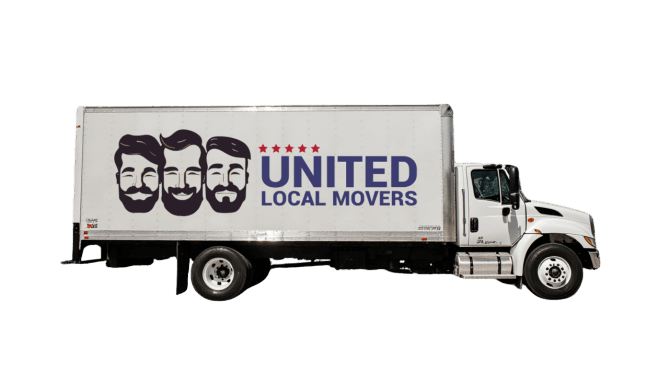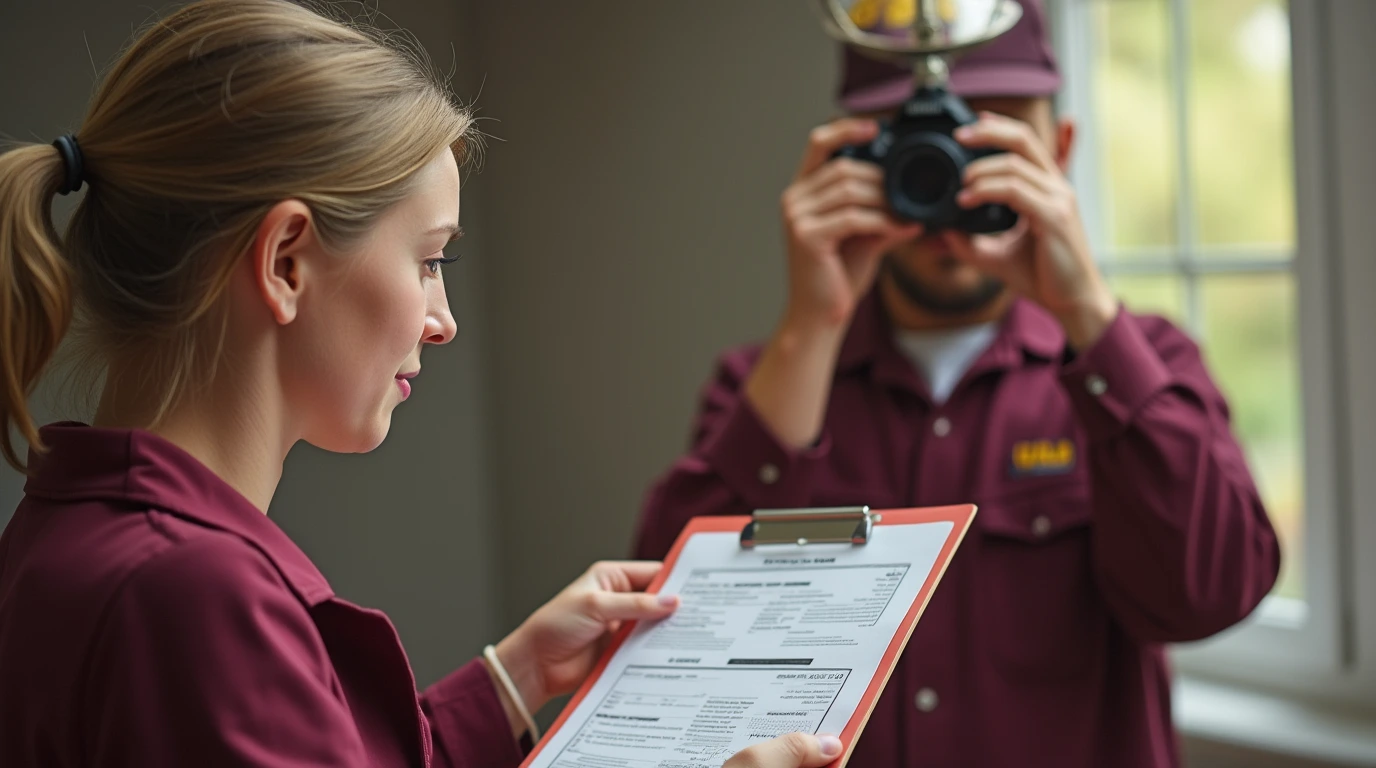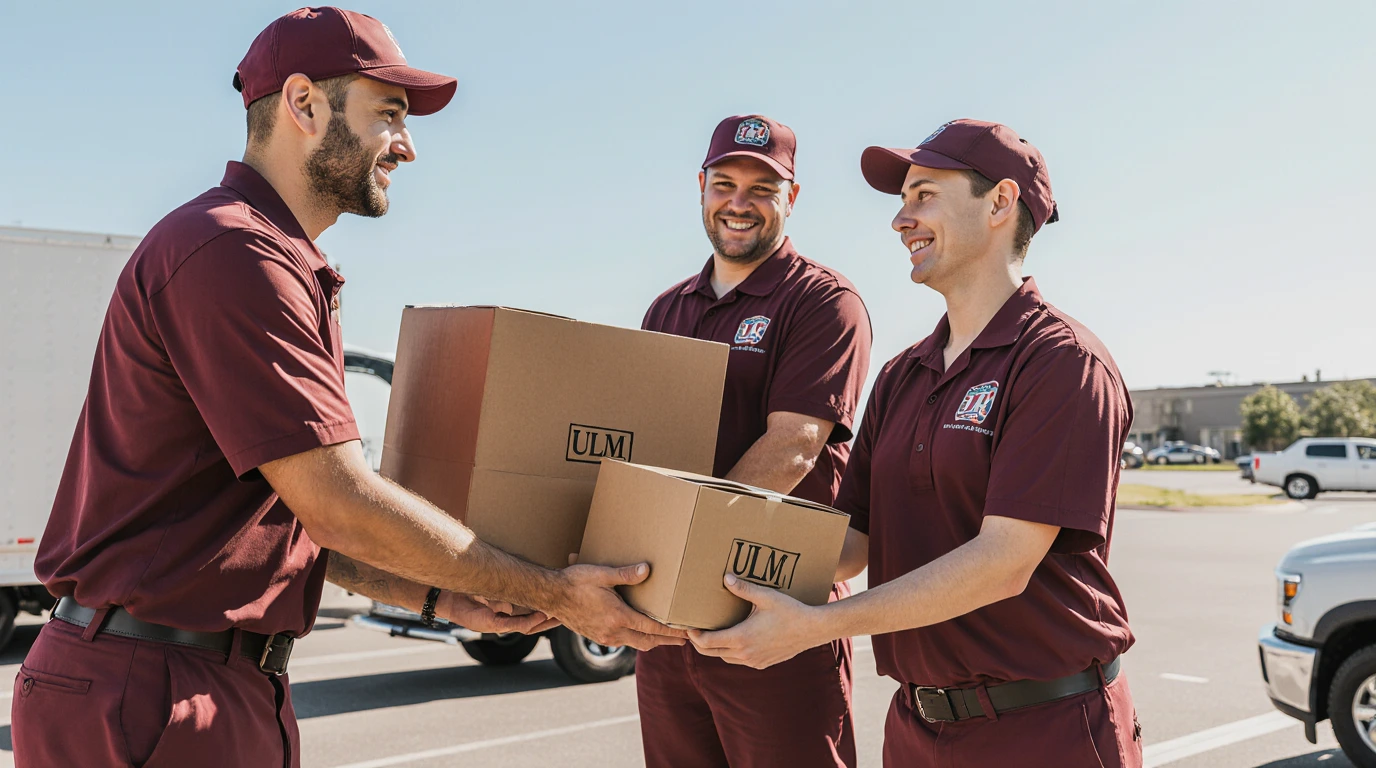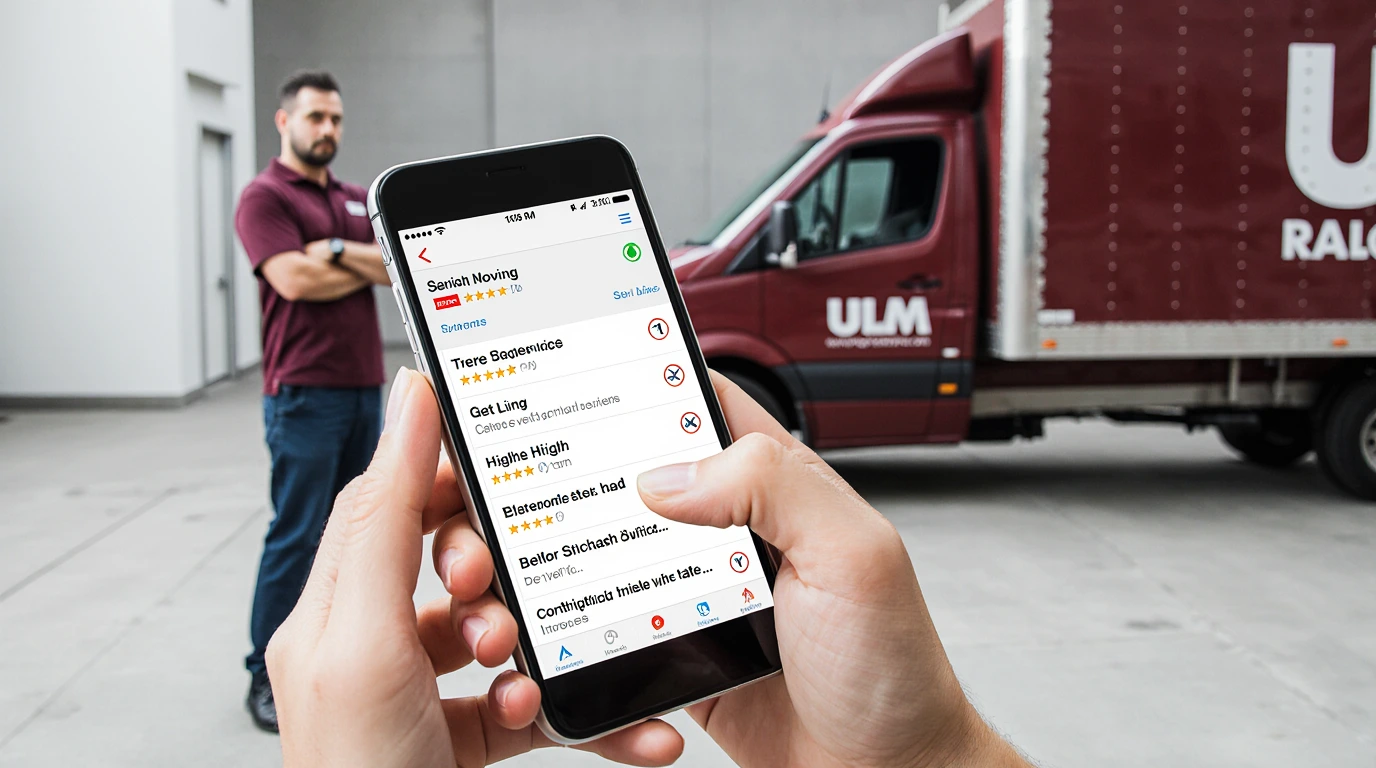Technology has transformed nearly every part of the moving industry — including how estimates are done. Today, many reputable companies offer both virtual surveys and in-home surveys to evaluate your belongings and provide accurate moving quotes. But how do these two methods compare in reliability, detail, and convenience? Let’s look at how each works and how to make sure your estimate truly reflects what your move will cost.
Why Accurate Surveys Matter
The survey process is the foundation of your moving estimate. Whether virtual or in-home, it’s when the mover assesses your belongings, notes access conditions, and calculates the volume or weight of your shipment. The more precise this evaluation, the more predictable your final cost will be. Errors or missed items can lead to last-minute add-ons, delays, or disputes — exactly what you want to avoid.
According to FMCSA rules, any estimate must be based on a thorough assessment of household goods. The survey ensures compliance and transparency while protecting both the customer and the mover.
How a Virtual Moving Survey Works
A virtual moving survey is conducted remotely through a video call or app. The customer walks through their home with a smartphone or tablet, showing each room and item to the moving company’s representative. The estimator records the footage, asks clarifying questions, and uses the visuals to prepare a quote.
Here’s what usually happens during a virtual survey:
- The company sends a secure video link or app (Zoom, Facetime, or proprietary software).
- The customer walks through their home room by room, showing furniture, boxes, and closets.
- The estimator may take screenshots, notes, or short video clips to calculate volume and logistics.
- After the call, the company creates an estimate and emails it for review and signature.
Virtual surveys became popular during the pandemic but remain a preferred option for tech-savvy customers and busy professionals. They’re convenient, contact-free, and can be scheduled flexibly — even during evenings or weekends.
How an In-Home Survey Works
An in-home survey is the traditional approach: a moving representative visits your home in person, measures furniture, checks access routes, and evaluates special items such as pianos, artwork, or appliances. The estimator can take precise notes and immediately spot logistical challenges like narrow staircases or parking issues.
The in-home method allows for a more tactile and thorough assessment. It also gives customers a chance to ask questions face-to-face and build trust with the company before signing a contract. For high-value or complex moves, this method still offers the highest level of accuracy.
Virtual vs In-Home: Comparing Accuracy
While both methods can produce reliable results, their accuracy depends on preparation, communication, and technology. The following table summarizes the key differences:
| Feature | Virtual Survey | In-Home Survey |
|---|---|---|
| Accuracy | High (if customer shows everything) | Very high (direct measurement) |
| Convenience | Extremely convenient, remote access | Requires scheduling and presence |
| Speed | 30–45 minutes average | 45–60 minutes average |
| Ideal for | Tech-savvy clients, small to mid-size homes | Large homes, high-value or complex moves |
| Risk of missed items | Moderate — depends on video coverage | Low — estimator sees all details |
| Contactless process | Yes | No |
Ultimately, accuracy depends on how well both parties communicate. If the customer forgets to show certain areas (like storage, attic, or backyard), even the best virtual survey can underestimate the total load.
Advantages of a Virtual Survey
Many people prefer virtual surveys for the same reasons remote work and telehealth have become popular — convenience and flexibility. Here are some benefits worth noting:
- Time-saving: You can complete a virtual walkthrough in under an hour without taking time off work.
- Safe and contact-free: Ideal for busy households or health-conscious clients.
- Quick turnaround: Many movers send your quote the same day.
- Multi-location coordination: If you’re moving from another city, virtual surveys allow you to get quotes remotely.
With modern tools and HD video, estimators can capture enough detail to provide accurate quotes. However, preparation is key — clear lighting, good Wi-Fi, and steady video help ensure precision.
Advantages of an In-Home Survey
In-home surveys remain the gold standard for accuracy. When the estimator physically visits your space, they can measure, touch, and assess every item. This method reduces guesswork and gives you an opportunity to discuss specific needs directly.
- Comprehensive inspection: Estimators can identify fragile or specialty items requiring crating.
- Access evaluation: They can check elevator size, stairs, and doorways firsthand.
- Detailed inventory: Each item is logged and tagged accurately.
- Trust factor: You meet the company face-to-face, which builds confidence before booking.
For large homes, antiques, or unique collections, in-person surveys almost always yield the most precise results.
Common Mistakes That Skew Survey Accuracy
Regardless of the method, certain oversights can cause inaccurate estimates. Here’s what to avoid:
- Hiding or forgetting items: Don’t skip closets, basements, garages, or patios.
- Poor camera angles: During virtual tours, ensure full-room visibility.
- Not mentioning access challenges: Include stairs, long hallways, or loading zones.
- Underestimating boxes: Always include attic or storage contents in your count.
Inaccurate surveys often lead to last-minute “revised estimates” or delays on moving day — avoidable issues if you prepare carefully.
How Reputable Movers Ensure Accuracy
Professional companies like United Local Movers use both methods effectively. Here’s how they maintain accuracy and transparency:
- Providing clear pre-survey checklists for clients.
- Using trained estimators who understand moving logistics.
- Recording or documenting the virtual call for consistency.
- Issuing written, binding-not-to-exceed estimates after review.
These practices ensure both convenience and reliability, regardless of which survey type you choose.
When to Choose Virtual vs In-Home
Each survey type has its ideal use case. Choose the one that fits your situation best:
- Choose Virtual: You live far from the mover’s office, have a small-to-medium shipment, or prefer a faster process.
- Choose In-Home: You have large furniture, specialty items, or complex access (stairs, elevators, tight hallways).
Some clients even combine both — starting with a virtual estimate, followed by a quick in-home confirmation before the move.
Why Accuracy Protects You Financially
Accurate surveys protect you from two major risks: unexpected costs and logistical surprises. If the mover misjudges your load, they may need a larger truck, more labor, or even a second trip — all of which add up. Precise surveys help both parties plan the right resources and avoid extra fees.
Additionally, a clear inventory ensures insurance coverage aligns with your actual belongings, making claims smoother if damage occurs.
Transforming Estimates into Confidence
Whether virtual or in-home, the goal is the same — to create an accurate, transparent estimate that reflects your real moving needs. By understanding how each method works, preparing properly, and choosing a licensed, trustworthy company, you can move forward with confidence.
With United Local Movers, your relocation becomes safer, faster, and stress-free. Our experts provide both virtual and in-home surveys with guaranteed accuracy and no hidden surprises, helping you plan smarter and move easier.





